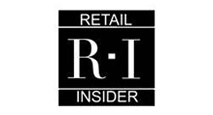Proudly Servicing Canadian Customers





























































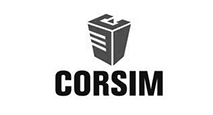
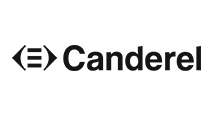







































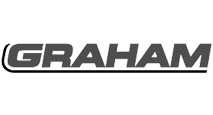







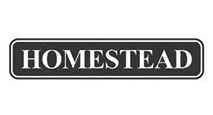












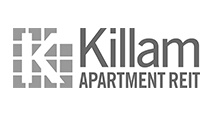





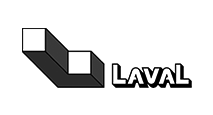













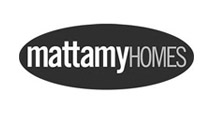













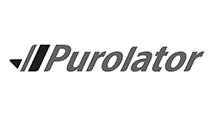































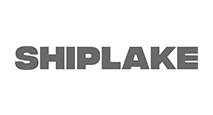







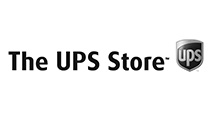








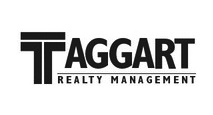
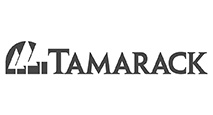























A few years ago, Snaile, Canada’s Parcel Locker Company, developed a smart parcel room access system for carriers to leave parcels for residents living in multi-residential properties. The idea was that carriers delivering an oversized item, such as a couch, could leave the item in the smart parcel room for collection. The room could also serve as an overflow for parcels that would not fit in Snaile’s parcel lockers.
At first, the smart parcel room access system appeared to be a great idea. However, an operational review suggests the system is not as good as it seems to be on paper. Here, we look at the problems associated with the smart parcel rooms and offer some practical solutions to resolve them.
The Need for Smart Parcel Rooms
Our carrier partners, such as FedEx Canada, UPS Canada, Purolator, Canpar, Intelcom (a major Amazon Canada delivery company), and DHL, faced a problem when it came to delivering a large or awkward-sized parcel to residents in apartments or condominiums. If the intended recipient was unavailable to accept their delivery, and it would not fit in a Snaile parcel locker, where could they leave it where it would be safe until it was collected?
In response to market demand, Snaile developed the smart parcel room access system. The carrier could access the smart parcel room to deposit the parcel. The smart room would then send out a notification to the resident instructing them to collect their delivery using a one-time use access code. Cameras would monitor the smart parcel room, and Snaile would track access code usage to record the date and time of collection.
The Benefits
The cost of a smart parcel room was significantly less than the expense associated with parcel lockers. The only things needed were shelving and a Snaile smart parcel room lock. Buildings were keen to replace lockers with smart rooms.
The Problems
Several issues have arisen, which have caused us to contemplate necessary operational changes. By dealing with these issues, we can improve the smart parcel room system for maximum efficacy.
1. The Dumping Effect
The biggest problem we have seen with smart parcel rooms is the dumping effect. This is when a driver just dumps all their deliveries in the room and leaves.
This phenomenon is driven by opportunity. By circumventing the administrative procedure associated with making a delivery to a recipient, a driver saves time and records faster delivery times. The driver still complies with the best practices of commercially acceptable delivery rules because they leave the parcel in a safe, locked location.
Here’s how dumping works:
Let’s say a carrier has six deliveries, one for each of the following units: 302, 607, 805, 1310, 1417, 1501.
In a high-use, 400 unit building, with an average of 15 drivers attempting to deliver parcels, up to 75 parcels could be left per day accumulating unbeknownst to anyone.
2. Issue Management
The other big operational problem is issue management.
With a parcel locker, one door open action correlates to one deposit or one collection. That’s not necessarily the case with a smart parcel room since one door open action could result in several deposits or collections.
When mistakes are made, it’s very hard to uncover what transpired and almost impossible to pinpoint at what time you should review the video for more information.
Consider this simple example.
– On Monday, 70 parcels were left in the smart parcel room, and 70 access codes were sent out to residents.
-Over Monday, Tuesday, and Wednesday, 69 residents collected their parcels.
-In those three days, one parcel was collected in error, and another parcel was dropped in the room by accident, breaking the contents.
-The 70th recipient did not come to the smart parcel room for their delivery until Thursday. They discovered their parcel was not there.
Who took the wrong parcel?
Furthermore, of the 69 residents that collected their parcels, who was responsible for the damaged parcel, and when did the accident happen?
There have been three days of residents coming in and out of the parcel room and 3 days of new carriers with new deliveries. Someone would have to review at the very least 69 videos correlating to the times the 69 residents accessed the room to retrieve their parcels to figure out what has gone wrong, and that’s assuming no carriers where to blame and no other residents have come in to collect Tuesday and Wednesday deliveries. Factor in the delivery driver’s errors or mistakes made by residents and things become even more complicated and quickly the task of issue pin pointing can become insurmountable.
With parcel lockers, only one resident can access a compartment, so there is a 1:1 relationship between the resident and their locker compartment. Other residents or carriers cannot access an occupied parcel locker compartment. Therefore, it is much simpler to resolve any issues that might arise, such as an uncollected parcel or broken item.
3. Theft
The third issue is theft. Even with security cameras, it’s relatively easy for someone to steal from the smart parcel room by hiding their face or spraying the cameras with paint. The thief could be a carrier, a resident, or a resident in cahoots with a third party.
Even if you have a time stamp of when the room was accessed and by which code, this information will become less and less relevant the longer the theft goes undiscovered. And, a resident will only realize their parcel has been stolen when they come to collect it. The theft could remain undetected for days or weeks, for example, if a resident is away or on holiday.
If you think that over a week, upwards of 500 residents and delivery people could have gone in and out of the smart parcel room, that means there will be more than 500 videos to review because the time of theft would be unknown and only the time it was reported would be.
Where Does This Leave the Smart Parcel Room?
Snaile believes that most buildings do need an oversized/overflow room for deliveries, but only building staff should access the room.
For buildings that don’t have staff, we recommend that rules are established for the residents to follow, although these can be hard to enforce and tough to follow since residents do not necessarily know what size a parcel may be. Rules could state that oversized deliveries are to be scheduled. If residents are unavailable, carriers leave notice delivery cards, and the resident retrieves the delivery on their own.
The Solution
A compromise would be to have a smart room that only building staff can access. This way, we don’t get the dumping effect, and we limit access.
When a building staff (i.e. a security guard, property manager or concierge) deposits a parcel as oppose to a carrier driver, the smart room generates a one-time use passcode which the resident uses to come and collect their item. If something goes wrong, it’s easier to figure out what happened and when without scrolling through countless videos. This solution does come with the potential for theft and mistakes, but it’s still a better option than ignoring the rampant dumping of parcels.
As Seen in






















